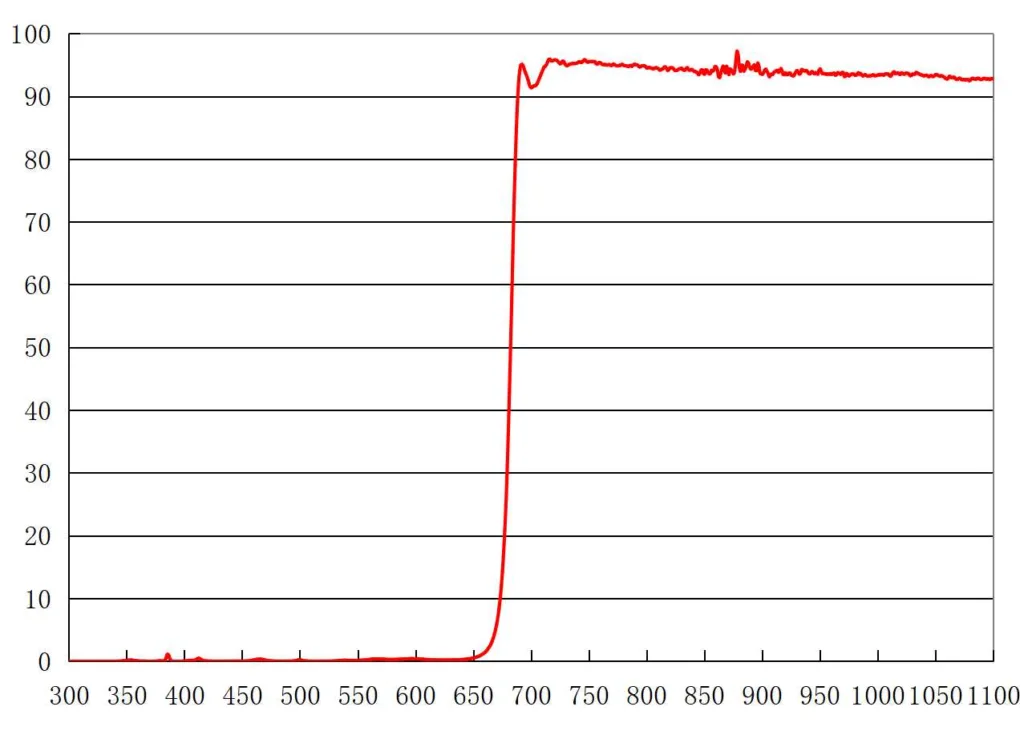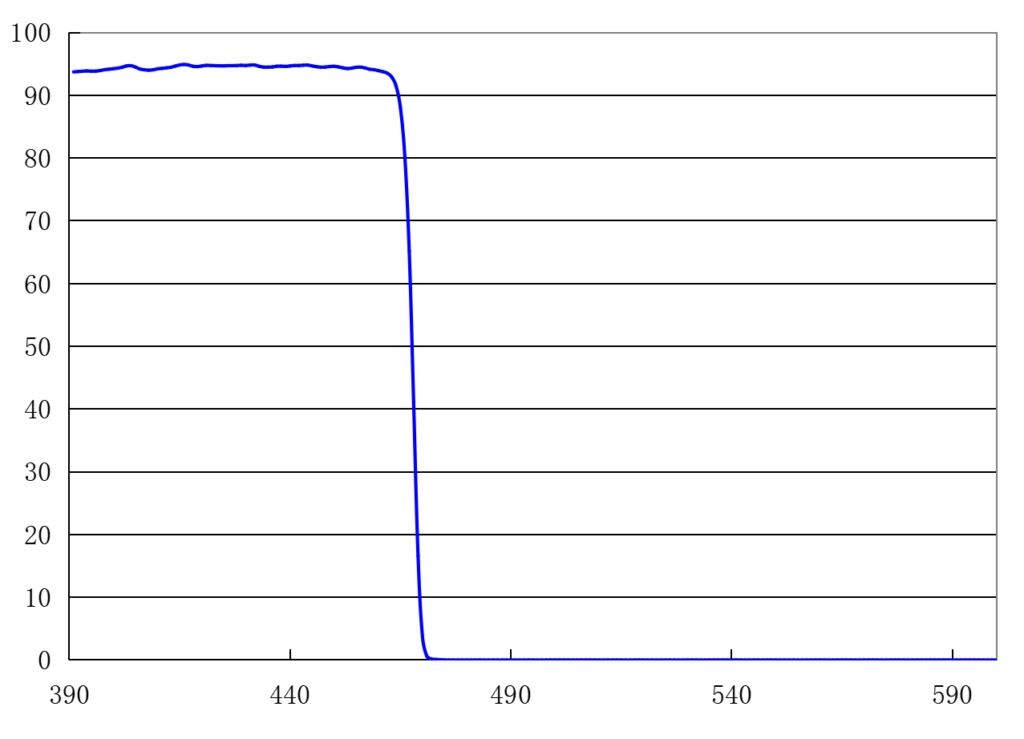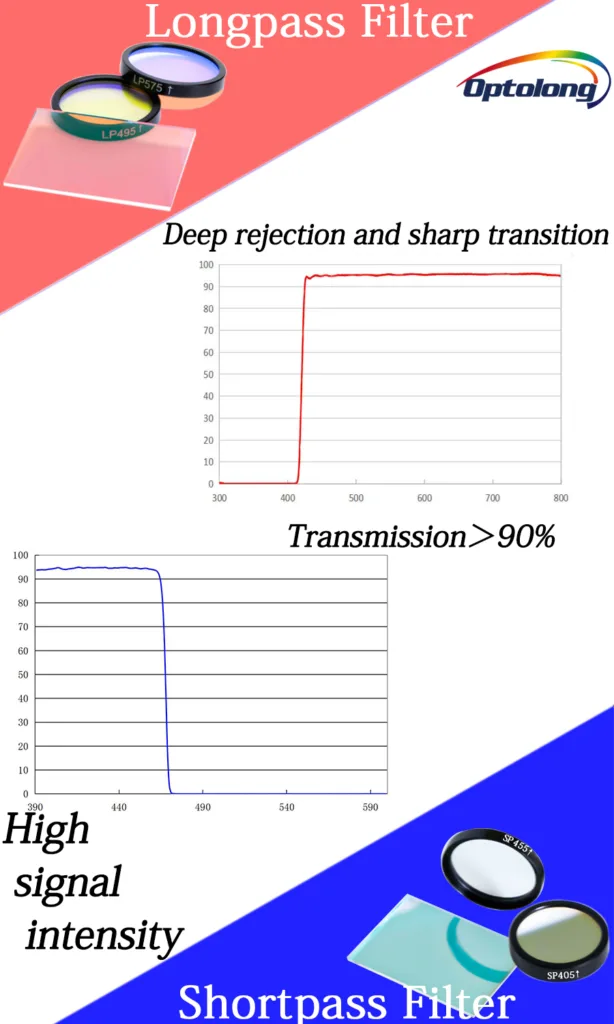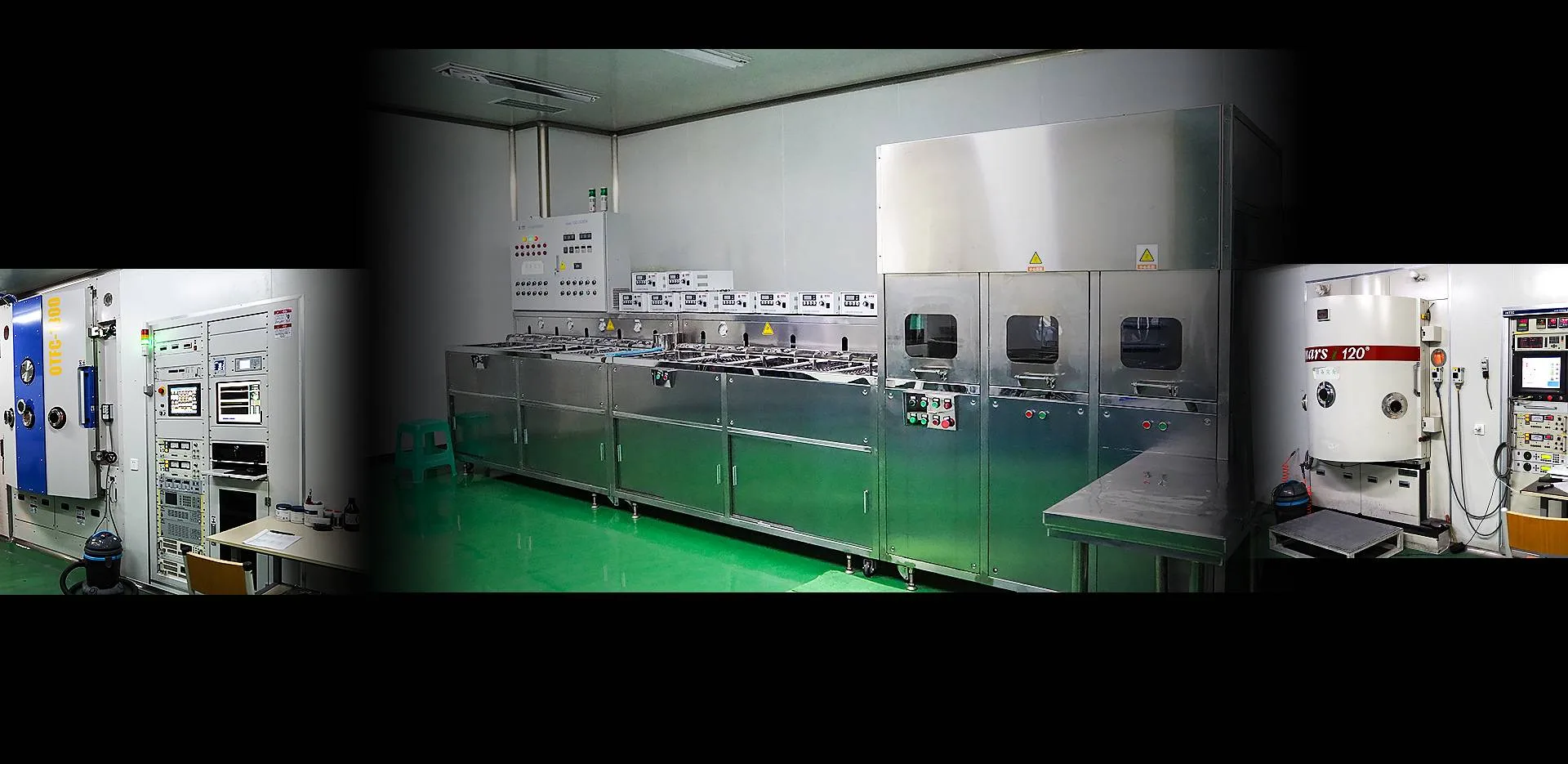What are longpass filters?
An optical filter which designed to transmit light with longer wavelengths while blocking light with shorter wavelengths, that is called longpass filters or highpass filters. (Normally used at AOI 0°)
What are shortpass filters?
An optical filter which designed to transmit light with shorter wavelengths while blocking light with longer wavelengths, that is called shortpass filters or lowpass filters. (Normally used at AOI 0°)


Both of longpass filters and shortpass filters are sometimes grouped as edge filters(referring to the steep cut-on and cut-off between transmission and rejection) or barrier filters.
Applications
Long pass and short pass filters are both used in a variety of distinct applications.
Both filters are used in precision spectroscopy applications as band separators. In photometry applications long pass and short pass filters are used as order sorting or blocking filters, which are applied to a detector’s window to eliminate any second- and third-order distortion. Long and short pass filters are also frequently used in Raman spectroscopy.
Long pass filters are frequently employed in fluorescent spectroscopy. Fluorescence, by definition, is the emission of light by a substance that has absorbed electromagnetic radiation; the specific light wavelengths absorbed are termed excitation light. Because fluorescence emitting from an object typically has higher wavelengths than the excitation light that caused it, long pass filters can be used to pass only precise fluorescence wavelengths while blocking leakage from the excitation lamp.
While long pass and short pass filters can be used independently for different applications, they are often used in conjunction to filter a narrow section of light.
Specifications
When selecting long pass and short pass filters, it is important to consider three different specifications related to the product’s wavelength ranges: cut-on / cut-off wavelength, transmission range, and rejection range.
A filter’s cut-on / cut-off wavelength is typically represented as a single wavelength, such as “450 nm.” Barrier filters are also commonly referred to by their cut-on wavelength; for example, a “450 nm long pass filter” cuts off at 450 nm and passes all wavelengths higher than this.
Transmission and rejection ranges are closely related to cut-on wavelength and can be determined by considering the filter type along with the cut-on wavelength. For example, a short pass filter designed to operate in the visible spectrum with a cut-on wavelength of 600 nm, the filter would transmit wavelengths from ~390 to 600 nm and block those from 600 to ~700 nm. Therefore, if we know the type of filter and the cut-on wavelength, we can easily determine both the transmission and rejection ranges.
Key Features of Optolong Longpass and Shortpass Filters
·Steep slopes
·Deep blocking/ deep refection
·Average transmission T>90%
·Wavelength tolerance ±2nm, ±3nm, ±5nm

